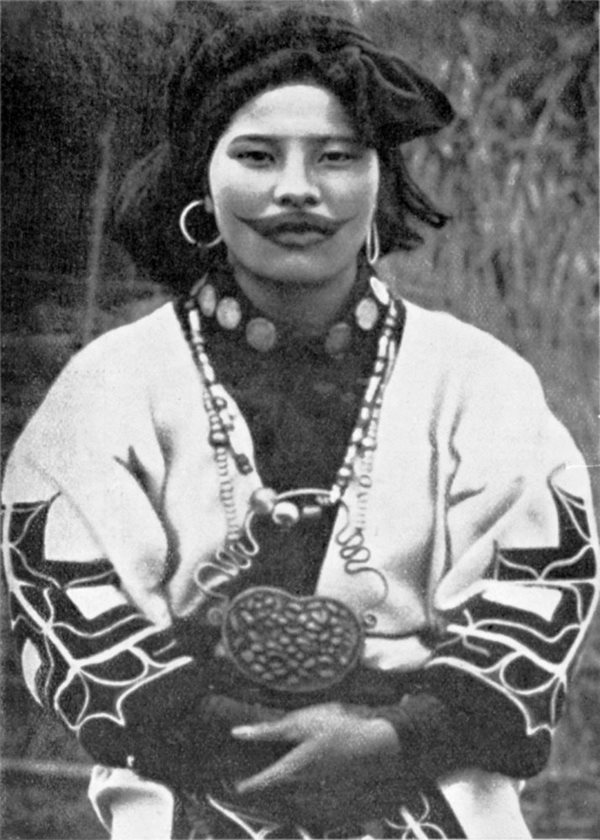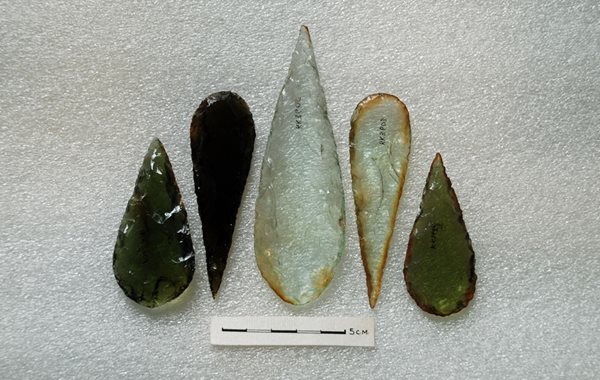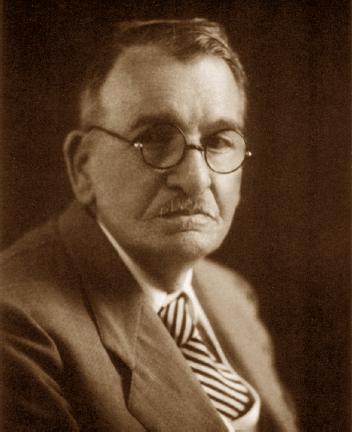Ainu Stone Age from Hokkaido
Obsidian Arrowheads from Prehistoric Hokkaido
A package from Japan brings a collection of Neolithic artefacts and a glimpse at a mysterious, ancient people: the Ainu.
By Rachel FlynnOver the years, many small collections have made their way into the National Museum of Ireland – Archaeology’s crypt storage, each with its own story, opening windows to a multitude of past landscapes and societies. These ethereal arrowheads began their journey in prehistoric Japan, before being picked up by anthropologist and physician, Neil Gordon Munro, and finally sent by boat to the collection of the Royal Irish Academy that would eventually be transferred to the Dublin Science and Art Museum (later renamed the National Museum of Ireland).
Forged in Fire
The seven arrowheads displayed are part of a larger group of obsidian objects, sent by Munro as part of a series of donations from him in the early 1910s. They are described in the RIA’s register as follows: “102-1912: Twenty one obsidian arrowheads, knives, fragments etc. Ainu Stone Age from Hokkaido”.
These arrowheads, measuring from 20mm x 10mm (1912:102.1) to 45mm x 19mm (1912:102.13) are made from obsidian, a naturally occurring volcanic glass. It is found in areas where volcanic eruptions have taken place and is the result of a rapid cooling of the lava. Due to Hokkaido’s seismic activity and geological characteristics, it has an abundance of obsidian, exploited since the early Upper Palaeolithic at the latest (c.30,000 BP).

In Hokkaido, obsidian was used in much the same way as flint was in Ireland and could produce fine blades and tools. During the Japanese Neolithic, called the Jōmon, it was knapped to produce tools for hunting and domestic activities. Unlike the Irish Neolithic, the Jōmon period was primarily a hunter-gatherer culture, rather than agricultural. Some of these arrowheads still possess a razor-sharp tip that could easily penetrate flesh, it is quite possible that these examples were used to hunt native deer or bears.
The Ainu, described in the register entry, also used obsidian for one of their most sacred traditional practices: tattooing. The Ainu term for tattooing was ‘anchi-piri’, which can be roughly translated as obsidian (anchi) cut (piri). Only the women practiced and wore tattoos in Ainu culture and it was a prerequisite for marriage. The facial tattoo, resembling a smile around the mouth, was one of many traditions banned by the Japanese government in the 19th century.
An Ancient Culture Under Threat
In 1868, an increasing appetite for modern capitalism, and a need to strengthen Japan’s defences against Russia, made Hokkaido an economic and strategic priority for Emperor Meiji’s government. The Ainu’s continued hunter-gather society came into direct conflict with the new agricultural Wajin settlements and their rights to hunt and fish were taken from them. Their territories were redistributed to create industrial farmland and they were encouraged to adapt to an agricultural life, or to find employment in Hokkaido’s expanding fishing industry. In a further effort to integrate the Ainu into modern Japanese society, their language, traditions and religion were banned. Life would never be the same again for them.
In a similar way to the Aboriginal Australians, the changes that took place as a result of rapid modernisation had a devastating effect on the Ainu culture. When encountered by Munro, towards the end of the 19th century, he was deeply affected by their predicament. Cut off from the resources needed to pursue their traditional way of life, they had become impoverished and many were dependent on alcohol. The Ainu finally gained protected status in 2008, when the Japanese National Diet recognised them as an indigenous people of Japan.

Medicine for Memories
Besides his work with the Ainu, Neil Gordon Munro (1863- 1942) was director of the General Hospital in Yokohama. He developed an interest in Japanese prehistory, authoring several books and amassing a considerable archaeological collection, most of which is now in the care of the National Museums of Scotland.
Following the loss of his notes and specimens in a 1923 earthquake, he applied to the Rockefeller Foundation for funds to continue his work with the Ainu. With this money, he set up a clinic in the Ainu village of Nibutani on Hokkaido, where he exchanged treatment for stories, songs and folklore. Despite further personal difficulties, he submitted his manuscript, “Ainu Creed and Cult” in 1938. Although he didn’t live to see it published, it is an important ethnographical study of a unique culture and people.

Learn More
These arrowheads, along with the glass spearheads, are part of the museum’s reserve collection and are not currently on display. You can experience the Irish Neolithic in the Prehistoric Ireland exhibition at the National Museum of Ireland – Archaeology, Kildare Street or discover A Dubliner’s Collection of Asian Art – The Albert Bender Exhibition at the National Museum of Ireland – Decorative Arts & History, Collins Barracks.
References
Izuho M. & Sato H. (2007) “Archaeological Obsidian Studies in Hokkaido, Japan: Retrospect and Prospects”, Indo-Pacific Prehistory Associated Bulletin, 27, Canberra.
Munro, N. G. (1962) Ainu Creed and Cult, London
Suíomh:
Obsidian Arrowheads from Prehistoric Hokkaido suite ag:
In Storage
An déantán roimhe seo:
An chéad déantán eile:
Pair of Season Tickets for Cork International Exhibition 1902
